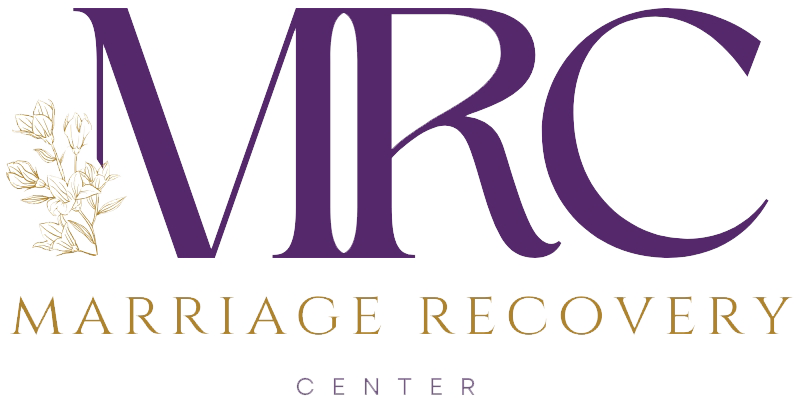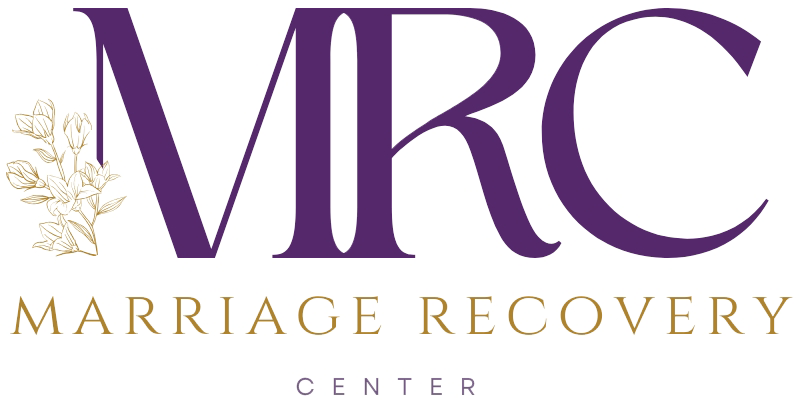Dr. Lenne’ Hunt sits down to explain the truth about emotional abuse and what’s happening in your relationship behind closed doors.
One of the common denominators that almost every person experiencing emotional abuse shares is that they feel very alone and isolated. Even if they could articulate the trauma of psychological abuse, which is very difficult, they fear that they won’t be believed, or worse yet blamed or maligned.
Any attempt to seek support or a listening ear from friends, family members, church leaders, and even counselors are often met with denial (they don’t believe you), blame (they fault you), minimization (“you’re blowing this out of proportion”), or justification (“they have a lot on going on and are just stressed”).
One of the reasons for this is because the abuse often happens behind closed doors; in public the abuser is a completely different person than the person you experience in private.
The Truth About Emotional Abuse Exposed
Emotional abuse is a deeply hidden and insidious issue that can often go unnoticed, even within close relationships. In this article, we will delve into the world of emotional abuse, shedding light on the tactics used by abusers and the toll it takes on the victims. Whether you suspect a friend or family member is in an emotionally abusive relationship or you want to better understand this issue, it’s crucial to grasp the nuances and severity of emotional abuse.
Understanding Emotional Abuse
Emotional abuse, often intertwined with narcissistic tendencies, is a form of manipulation and control that one person exerts over another within a relationship, typically a marriage. The primary goal of emotional abusers is to meet their own needs at the expense of their partner’s well-being. They employ a variety of tactics to achieve this, many of which are concealed from public view.
The Overt Forms of Emotional Abuse
Some aspects of emotional abuse manifest in overt and clear ways that are easy to detect. These actions include:
- Yelling and Name-Calling: Abusers may engage in frequent yelling and demeaning language, systematically undermining their partner’s self-esteem and emotional well-being.
- Raging and Physical Intimidation: Physical intimidation, such as slamming doors or making violent gestures, can be part of emotional abuse, making the victim feel unsafe.
- Belittling: Constantly belittling the victim by demeaning their abilities, appearance, or intelligence can be used as a means of control.
- Public Humiliation: Although emotional abuse is typically hidden, some abusers do not hesitate to humiliate their partner in public, further isolating them.
These overt forms of emotional abuse are easily recognized as harmful, but the more insidious covert tactics can be equally devastating.
The Covert Forms of Emotional Abuse
Covert emotional abuse is often more challenging to identify, as it involves the absence of positive behaviors, rather than the presence of negative ones. These covert tactics can include:
- Emotional Unavailability: Some abusers engage in passive-aggressive techniques like the silent treatment, distancing themselves emotionally for extended periods.
- Control Over Decision-Making: Abusers may constantly insist on their own opinions and decisions, wearing down their partner until they submit out of exhaustion.
- Hidden Behaviors: Deception, such as secret addictions, extramarital affairs, or hidden financial activities, can be part of the emotional abuse dynamic.
- Financial Control: Many emotionally abusive relationships involve financial abuse, where one partner controls access to money or demands detailed explanations for every expenditure.
- Sexual Pressure: Emotional abuse can extend into the bedroom, where one partner may coerce the other into sexual acts against their will, using emotional manipulation as leverage.
The Confusion Within the Abuse
One of the most confusing aspects of emotional abuse is that it often occurs within marriages that are not all bad. Abusers may display moments of kindness and warmth, creating a stark contrast to their abusive behavior. This duality of good and bad is baffling for victims, leaving them uncertain about what’s real.
Victims often describe walking on eggshells, unsure which version of their partner they will encounter each day. Will it be the loving and patient one they fell in love with, or the cruel, manipulative, and abusive persona that only surfaces behind closed doors?
The Toll on Victims
Abuse takes a severe toll on the victims’ mental and physical well-being. Over time, it can lead to:
- Stress: Living in constant fear of emotional abuse is inherently stressful, leading to long-term health issues.
- Depression: Victims often experience prolonged periods of sadness and hopelessness.
- Anxiety: Anxiety disorders can develop as a result of the constant fear of an abusive episode.
- Physical Health Issues: Prolonged stress can manifest in physical ailments like high blood pressure, compromised immune systems, and sleep disturbances.
Why Victims Stay
One of the perplexing aspects of abuse is why victims choose to stay in such relationships. Many factors contribute to this decision. Victims often continue to love their partners, who may have displayed admirable qualities in the past. There may also be children involved, further complicating the decision to leave.
However, one of the significant reasons victims remain in emotionally abusive relationships is the difficulty in recognizing and naming the abuse. Without understanding the problem, it’s challenging to make the necessary decisions to address it.
Conclusion
Emotional abuse is a hidden menace that can persist within even the most seemingly normal marriages. The complex interplay of overt and covert tactics, along with the emotional rollercoaster experienced by victims, makes it a challenging issue to address. If you suspect a friend or family member is in an emotionally abusive relationship, it is essential to offer support and resources to help them navigate this difficult terrain. Understanding the dynamics of emotional abuse is the first step in assisting those who need help to break free from its grip.
To learn how we can help, reach out to us at (206) 219-0145 or info@marriagerecoverycenter.com to speak with a Client Care Specialist
Also read: How to Use EMDR to Overcome Trauma
About Dr. Hawkins:
The internet is inundated with hyperbole and misinformation about narcissism, leaving many people confused and hopeless. Get the facts on narcissism and emotional abuse from someone who has been researching, writing about and treating narcissism and emotional abuse for over a decade.
Dr. Hawkins is a best-selling author and clinical psychologist with over three decades of experience helping people break unhealthy patterns and build healthier relationships.
He is the founder and director of the Marriage Recovery Center and the Emotional Abuse Institute which offers education, training and counseling for people who want to break free of, and heal from, emotional abuse. Whether the perpetrator of the abuse is your spouse, partner, parent, boss, friend or family member, we offer practical advice for anyone trapped in a toxic, destructive relationship.
In addition to narcissism & emotional abuse, you’ll learn about the lesser known forms of abuse, including covert abuse, reactive abuse, spiritual abuse, secondary abuse, relationship trauma and much more.








